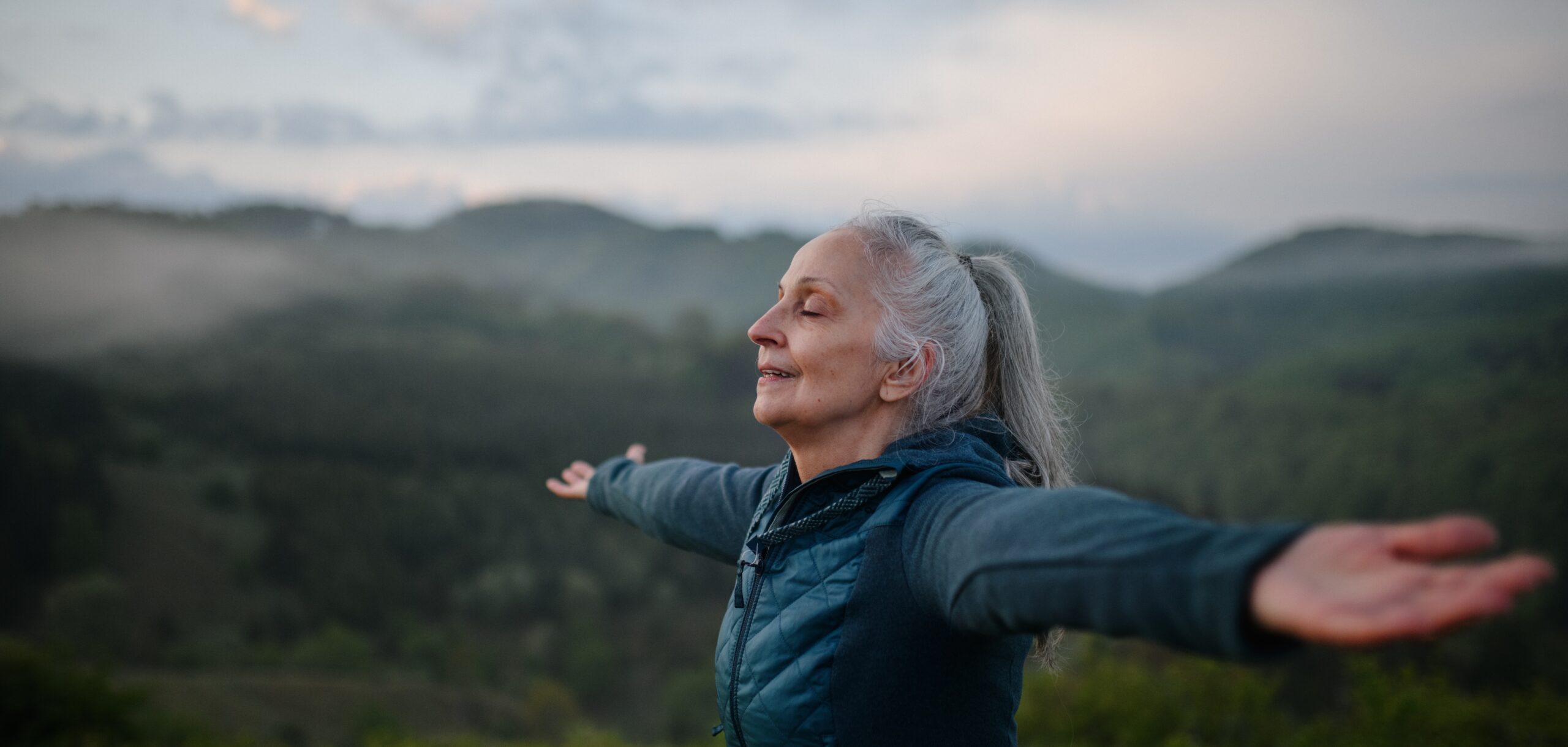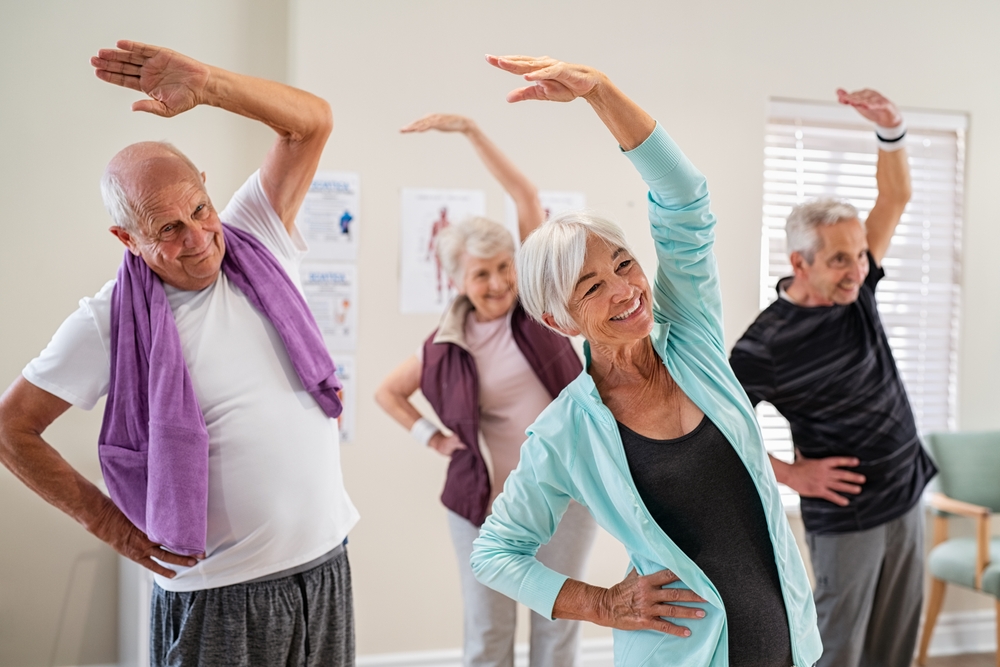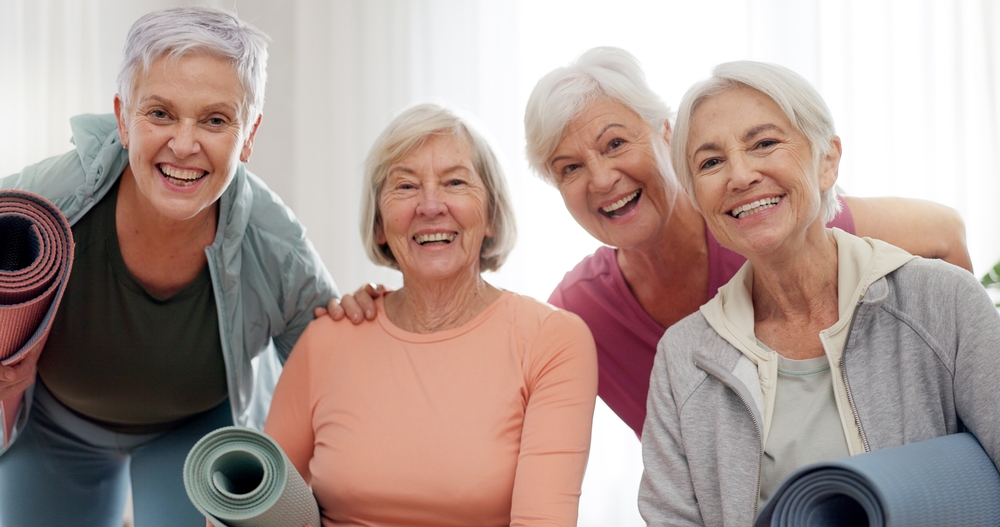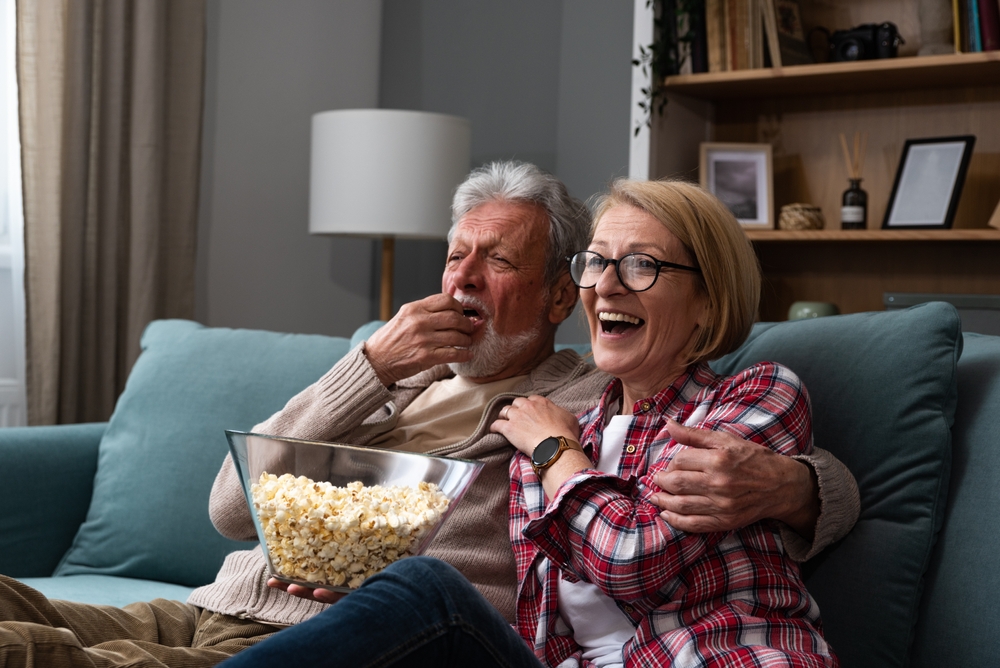Starting yoga at 70 might sound intimidating, but it’s one of the best decisions you can make for your body, mind, and spirit. Yoga isn’t just for the young and flexible—it’s for everyone, and seniors are discovering its transformative power in droves. According to the National Institute Of Health, whether you’re looking to improve your balance, ease joint pain, or simply find a sense of calm, yoga has many benefits for aging. Here’s what happens when you roll out the mat for the first time at 70.
First, you’ll likely notice a sense of nervous excitement. Stepping into a yoga class for the first time can feel daunting, especially if you’re surrounded by people who seem to know what they’re doing. But here’s the secret: everyone starts somewhere. Most yoga instructors are incredibly welcoming and will guide you through the basics, helping you feel comfortable and confident. Before you know it, you’ll flow through poses and wonder why you didn’t start sooner.

One of the first physical changes you’ll notice is improved flexibility. Yoga gently stretches your muscles, helping to loosen tight areas like your hips, shoulders, and hamstrings, according to Healthline. Over time, you’ll find it easier to bend, reach, and move in ways you haven’t in years. This newfound flexibility can make everyday activities—like tying your shoes or reaching for a high shelf—feel effortless. Balance is another big win. Many yoga poses focus on stability, which is especially important as we age. Poses like Tree Pose or Warrior III might feel wobbly at first, but with practice, you’ll notice a significant improvement in your ability to stay steady on your feet. This can reduce your risk of falls and give you a greater sense of confidence in your movements.
Then there’s the mental clarity. Yoga isn’t just about the body—it’s about the mind, too. According to an article by Harvard Health, focusing on your breath and being present in the moment can help reduce stress and anxiety. For many seniors, yoga becomes a form of meditation, offering a peaceful escape from the worries of daily life. You might find yourself feeling calmer, more centered, and better equipped to handle life’s challenges.
You’ll also likely experience a boost in strength. Yoga uses your body weight to build muscle, particularly in your core, arms, and legs. Poses like Plank, Downward Dog, and Chair Pose might feel challenging at first, but over time, you’ll notice your muscles becoming stronger and more toned. This increased strength can make everyday tasks—like carrying groceries or climbing stairs—feel easier. Another surprising benefit is the sense of community. Yoga classes are a great way to meet like-minded people and form new friendships. Many seniors find that the social aspect of yoga is just as rewarding as the physical benefits. Whether you’re sharing a laugh in class or chatting over tea afterward, yoga can help you feel more connected and less isolated.

You might also notice a reduction in joint pain. Yoga’s gentle movements can help lubricate your joints, reducing stiffness and discomfort. Poses like Cat-Cow and Child’s Pose are particularly soothing for the spine, while stretches like Pigeon Pose can ease tension in the hips. Over time, you may find that aches and pains you’ve lived with for years start to diminish. Your posture will likely improve, too. Many yoga poses focus on alignment, helping you stand taller and sit straighter. This not only makes you look more confident but also reduces strain on your back and neck. You might find yourself naturally sitting up straighter at the dinner table or walking with a more upright gait.
Finally, starting yoga at 70 can spark a newfound sense of empowerment. It’s never too late to try something new, and yoga is a powerful reminder of what your body is capable of. With each class, you’ll gain confidence in your abilities and feel proud of the progress you’re making. Yoga isn’t about perfection—it’s about showing up for yourself and embracing the journey.









